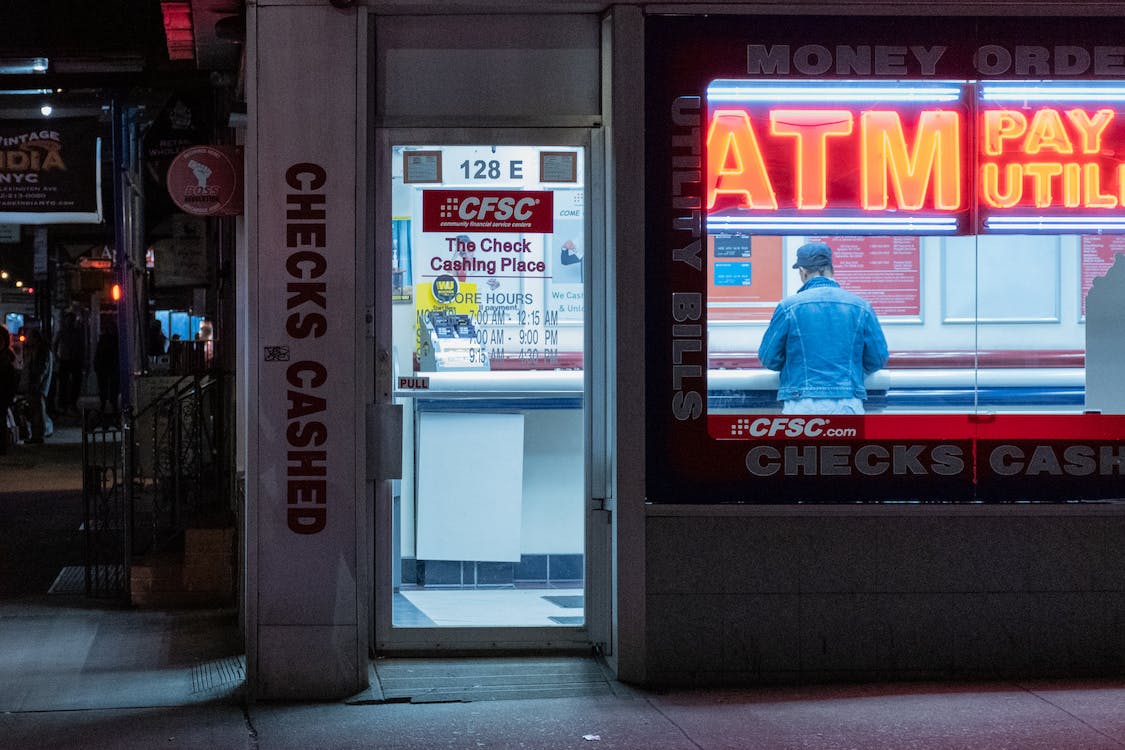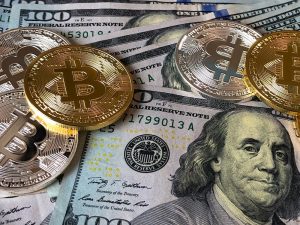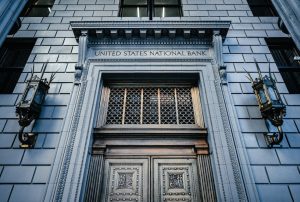It may be surprising to find out that the average ATM cost in America is $4.57. Given that the minimum amount for withdrawal is $20, you will pay a premium of 25% when you use an out-of-network ATM that has such a expensive fee.
Of course, the actual charges will differ based the location you live in and the kind of ATM you use. But, it’s safe to conclude that these costs can be quite costly.
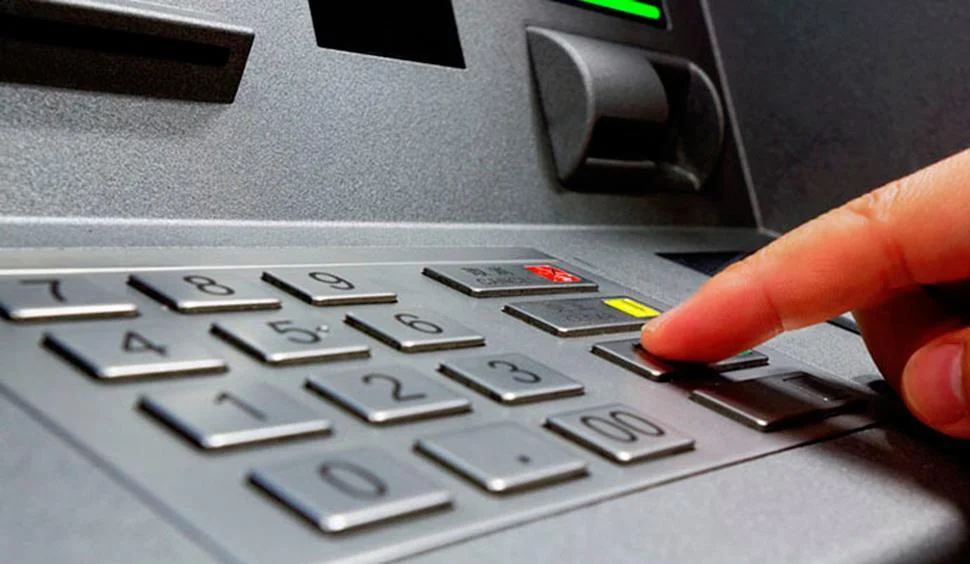
5 Easy Ways to Avoid ATM Fees
There is no need to commit yourself to paying for a lifetime of costly ATM charges. Instead, make a little small amount of planning to ensure that you have access to your cash at any time you require it.
The great Ben Franklin famously said, “An ounce of prevention is worth a pound of cure.” In this instance only the few minutes spent in preparation can yield many dollars in savings. Are you ready to stop paying ATM fees ever again?
1. Look for banks that reimburse ATM Fees
Even if your bank doesn’t have an ATM connection, it’s important to find one that reimburses ATM fees. Some banks offer reimbursement for fees for ATMs that are international.
There are several ways to do this: some provide an unlimited amount of reimbursement while others could set it at between $10 and $25 per month. So what exactly is ATM fee reimbursement work? In general, you’ll need to pay for the charge in advance.
The bank will credit the applicable ATM charges to your account at close of the billing cycle. This means that you’ll need to wait for a short period of time before you can see the money. However, it’s better than not ever seeing it! Are you looking for an institution that provides ATM fees reimbursement?
Banks and Credit Unions That Reimburse Out-of-Network ATM Fees
- Alliant Credit Union – reimburses up to $20 per month
- Ally Bank – reimburses up to $10 per statement cycle for ATM fees charged at other ATMs nationwide
- Axos Bank – unlimited ATM fee reimbursements domestically
- BankFive – up to $15 reimbursed each cycle
- Charles Schwab Bank – unlimited ATM reimbursements worldwide
- First Republic Bank – reimburses third-party fees worldwide
- Incredible Bank – automatically reimburses ATM fees
- Radius Bank – unlimited ATM fee reimbursements domestically
- Upgrade – up to five ATM reimbursements each month
Top Banks and Credit Unions That Don’t Charge ATM Fees Within Their Network
- Capital One 360 – over 70,000 Capital One or Allpoint ATMs at zero cost
- Chase – over 16,000 fee-free ATMs
- Chime – over 60,000 fee-free ATMs
- Citibank – over 65,000 ATMs fee-free to customers
- Current – over 40,000 fee-free ATMs
- Fifth Third Bank – over 50,000 fee-free ATMs
- PeoplesChoice Credit Union – over 85,000 fee-free ATMs
- PenFed Credit Union – over 85,000 fee-free ATMs
- Wells Fargo – free access to over 13,000 ATMs
You can see that there are a lot of banks that offer fees-free options that allow you to get rid of ATM fees. Many of these accounts also have no monthly charges. You can narrow down your list by looking over other features. It is also important to be aware of the amount of you travel abroad.
2. Plan in Advance
If your routine involves going to Target or shopping online, you can assume that you won’t need cash. However, if you’re heading to a business that isn’t as well-known be sure to inquire whether the establishment accepts credit or debit cards.
It’s as easy as an easy Google search from your smartphone to look up the payment options available. If they don’t have a website look up what other users have to say about them on Yelp or Facebook. Call or text the business to inquire about their policy in advance. Although many small businesses use their smartphones or tablets to make electronic payments, don’t think that they’re all doing it.
This is particularly the case if you’re going to an unassuming operation. A farmer’s market or pick-your-own-strawberry field very well may only accept cash. Food truck rallies, smaller outdoor performances and even cheap (but delicious) local dives could be cash-only.
These are the kinds of companies that require faithful customers such as you to be a part of them. However, when you have only a few dollars or a limited access to Wi-Fi, accepting credit cards might not be a viable option for these companies.
Do yourself and them do yourself a favor by confirming acceptable payment methods prior to time, particularly in the case of local businesses. It may be easier to visit a large box store. However, it’s not the same fun or have as significant influence on the community as if you support the small-scale businesses. Prepare ahead to avoid making a U-turn when you go to an ATM after you’ve arrived.

3. Keep Backup in Your Wallet
It’s perfectly normal to try to reduce the amount of stuff you keep in your purse. You’re also carrying an enormous smartphone and keychain.
In addition to your driver’s license and credit cards, debit cards as well as health insurance cards and any other items that are in your wallet it’s a good idea to keep a backup cash stash. However you don’t need to be walking around with an enormous amount of cash inside your purse.
There’s a slim chance that you’ll ever be taken hostage, but it’s not impossible, particularly when you reside in a major city. However, having a $20 note in your pocket could spare you a great deal of stress in the future in the future.
The amount you pay for should pay for a taxi ride or lunch, or any other cash-related expenses you may encounter. If you have to lose your wallet due to some reason, you’re not going to miss the largest amount of change.
Carry a Blank Check
Another excellent method to avoid having to go to the ATM is to keep an unopened check in your wallet. This gives you a bit more flexibility than a $20 bill since you can write the check at whatever amount you’d like.
If you lose your wallet or it’s stolen, you won’t be owed any money. Of course, you’ll prefer to stop payments on the check number, but it’s not required since you did not sign it.
There are some who still prefer checks because of the risk of an individual writing a fraudulent check. In many cases it could save you money, time and the hassle of having to travel to find an ATM. By putting together a simple check and $20 could be a huge help in ensuring that you’re ready for any circumstance that requires the use of a certain quantity of cash.
4. Use Your Debit Card to Get Cash Back
A quick and easy method to avoid ATM costs is to earn cashback on purchases. You’ll require the use of a debit card instead of credit card for this method, but other than that it’s pretty simple.
Purchase a low-cost item at a drugstore, gas station or another convenient retailer and request a refund on your account with a bank during the process of paying. There are however certain conditions that are associated with this method.
First of all, it’s not technically free, since you need to pay a fee to receive your cash. However, you actually receive something in return unlike an ATM cost.
In addition, you should know if there is a minimum purchase requirement for either a debit card purchase or cashback. In the ideal scenario you could buy an inexpensive drink or snack for a couple of dollars. In certain places however, you’ll have to spend at least $5 in order to make use of the debit card.
Cash Back Limits
Another aspect to take into account when you’re looking to cashback money is that there might be a limit to the amount you can receive. In this case, CVS only allows for 35 dollars in cashback.
If you require something more, you might be required to visit a few different stores. This could quickly become a burden when you’re making purchases of a small amount at each. While these limitations can be a bit limiting however, there’s a positive to using cashback as a way to earn money instead of the expense of an ATM.
This is the flexibility you can enjoy in the kinds of coins and bills you get. While ATMs generally only provide cash on $20 bills however, you can make any combination of cash with cashback. It’s also useful when you only require just a little amount and don’t want (or are unable to) withdraw in increments of $20. Before you visit an ATM look into whether an online store will be able to meet your needs through cashback.
5. Check Your Bank’s ATM Network
If you are required to locate an ATM then look for one on the network of your bank. This will help you stay clear of ATM charges from two different parties. How?
However, if you use an ATM that’s not part of your bank’s network you’re usually charged twice first by the company that operates the ATM and then by your bank. This double-whammy can be very detrimental to the bottom line of your business. Therefore, first, find out if the bank you are with has a branch with an ATM close to you.
This is the most efficient method to ensure you don’t be charged any additional fees. If there’s no ATM near you, check the reverse of your debit card to determine whether there are any other ATM networks are included. You can also download the app from your bank to access the ATM locator. It’s a fast and simple method to locate a free ATM — and, it’s generally free.
The Largest ATM Networks
The most popular ATM networks are Allpoint, MoneyPass, and Co-op Solutions. Allpoint is one example. It has 55,000 ATMs across the U.S. and ATMs in Canada, Puerto Rico, the U.K., Australia, and Mexico.
You can also enjoy cash without fees in many well-known international destinations so long as your credit union or bank participates. MoneyPass is only available within the U.S. and Puerto Rico. It’s at many convenient locations including Walmart.
Co-op is a similar program that is focused on members of credit unions. It offers more than 3000 ATMs and 5,000 share branches across the country. Credit union members who are members of the credit union have access to fee-free cash almost everywhere they go.
Ask your credit union or bank which holds your checking account to see if they are members of the following ATM networks. If they do not, and you regularly use ATMs, it could be the right time to create an account with a new bank.
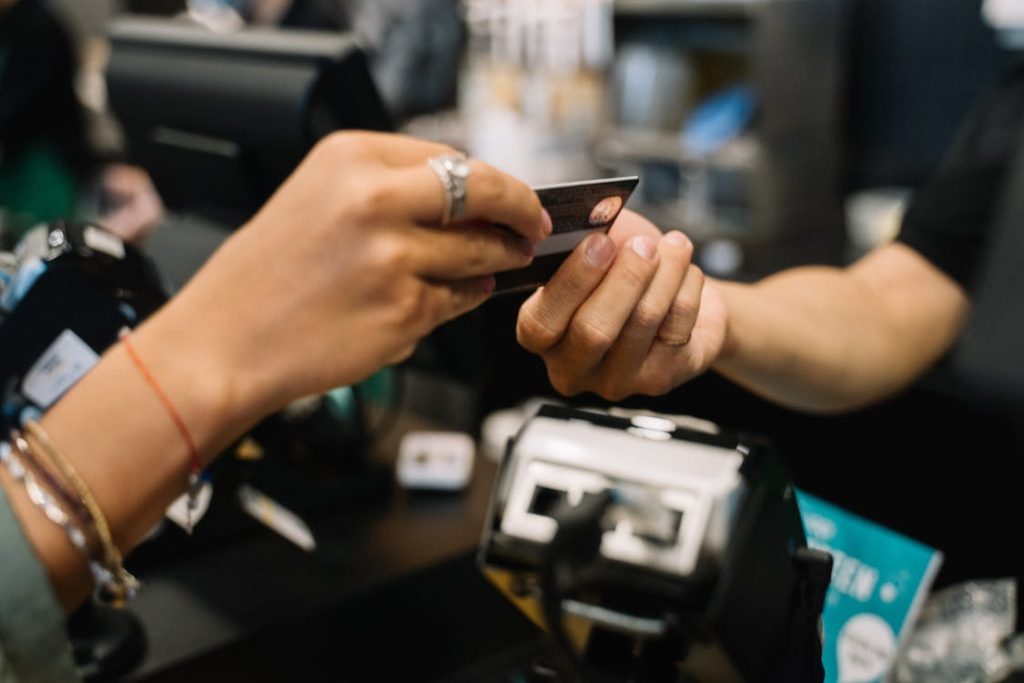
Final Thoughts
ATM fees can be especially high when traveling abroad. ATM fee reimbursement isn’t the only feature you should consider when choosing a checking account. However, if you use ATMs on a regular basis, it’s probably the most important.

